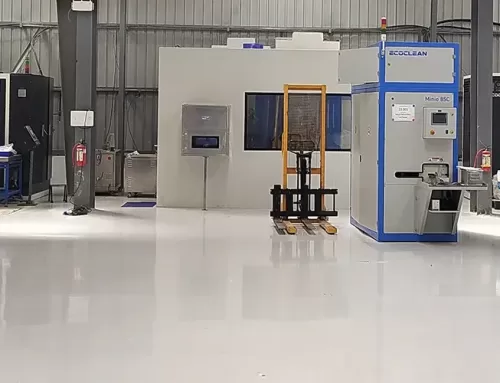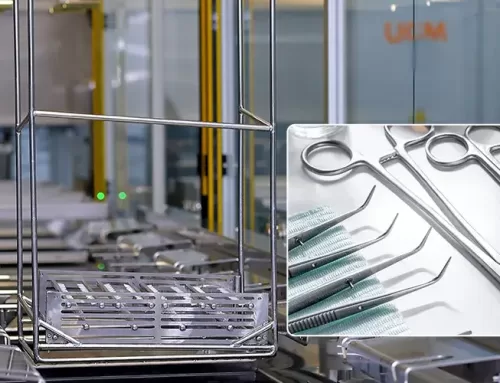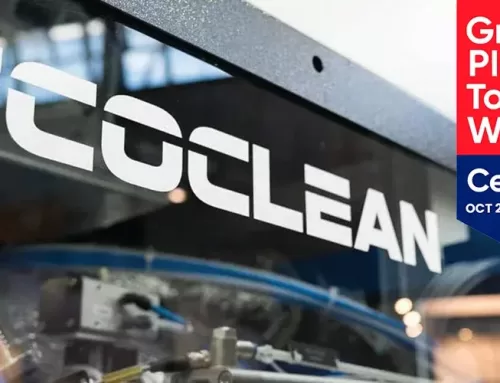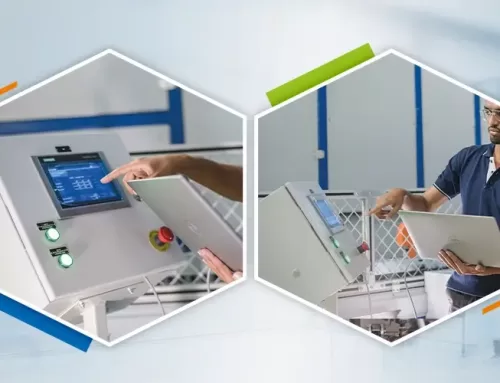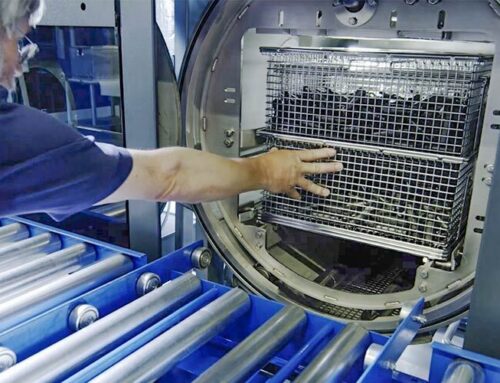
The Technical Cleanlinessis a critical aspect of determining the level of particulate contamination on machined parts.. Ensuring that components meet stringent cleanliness standards, such as those specified inISO 16232 and VDA 19, involves a meticulous inspection process. This process is typically divided into three distinct stages: extraction, filtration, and analysis. Understanding each stage is essential for achieving reliable and accurate cleanliness results.
1. Extraction: Removing Contaminants from Components
The first step in cleanliness inspection is the extraction of particlesfrom the surface of the component. This stage aims to dislodge and remove any particulate or filmic contamination adhering to the component. The method of extraction is crucial and is selected based on the type and nature of the contamination, as well as the material of the component.
Extraction Methods
There are several techniques commonly used for particle extraction:
- Pressure Rinsing: This method involves using a high-pressure jet of liquid to remove particles from large surfaces or complex internal areas. Key parameters such as nozzle type, pressure, and volume flow are critical in optimizing the process.
- Ultrasonic: Ultrasonic waves create cavitation bubbles in a liquid medium, effectively dislodging contaminants from components. This technique is particularly useful for cleaning bulk parts placed in beakers or mesh baskets. Factors like ultrasonic frequency, tank volume, and power density are carefully controlled to maximize efficiency.
- Internal Rinsing: Used for cleaning internal areas such as oil holes or tubes, this method involves flowing a liquid through the component's internal passages. Parameters like pressure, flow rate, and direction of flow are optimized for thorough cleaning.
- Agitation: Agitation involves mechanically shaking or stirring the component in a test liquid to remove contaminants. This method is suitable for parts that are difficult to clean with direct rinsing methods.
Choosing the right extraction method is critical for achieving optimal cleanliness. The selection is often based on the contamination type and the component's geometry. For more details on selecting the appropriate extraction method, visit ourCleanliness Testing Solutions page.
2. Filtration: Capturing Extracted Particles
After extracting contaminants from the component, the next stage is filtration. This step involves capturing the particles removed during extraction onto a filter membrane, which is then analyzed to determine the type, size, and quantity of contamination present.
Filtration Techniques
The filtration process usually employs a cascade of filters with varying pore sizes. This allows the separation of particles based on their size, facilitating more detailed analysis. Common filtration techniques include:
- Gravimetric Filtration: A method where the total mass of particles collected on the filter is measured using an analytical scale. This method is often used to determine the overall particle load extracted from the component.
- Light Optical Analysis: Filters with defined pore sizes are used to capture particles, which are then analyzed under a microscope. This technique provides detailed information on particle size distribution and is recognized by international norms such as VDA 19.1 and ISO 16232.
- Filter Blockade and Spectroscopy: Advanced methods like SEM-EDX (Scanning Electron Microscopy with Energy Dispersive X-Ray Spectroscopy) or Raman Spectroscopy provide a more comprehensive analysis of particle composition and origin.
Proper filter preparation is crucial for accurate results. By effectively extracting particles, it prepares the filter for further microscopic analysis. The filters must be free from contamination and appropriately handled to avoid errors during analysis. Discover more about our filter preparation and analysis techniques.
3. Analysis: Understanding the Nature of Contaminants
The final stage of cleanliness inspection is analysis, where the particles collected during filtration are studied to understand their characteristics. This step involves evaluating the particles' size, type, and quantity to determine whether they meet the specified cleanliness standards.
Types of Analysis
Several analytical methods can be used to characterize the contaminants:
- Gravimetric Analysis: This method calculates the total mass of the particle load by weighing the filter before and after particle collection. It is a straightforward, cost-effective approach for determining the overall cleanliness level of a component.
- Light Optical Analysis: Involves scanning the filter with a particle scanner or microscope to detect and measure particles larger than 5 microns. It provides a rapid and economical solution for standard cleanliness analysis, with automated systems capable of generating detailed reports in just a few minutes.
- Spectroscopic Analysis: Advanced spectroscopic techniques like Raman Spectroscopy, SEM-EDX, and LIBS (Laser-Induced Breakdown Spectroscopy) offer in-depth insights into the chemical composition of the particles. These methods are particularly useful for identifying the sources of contamination and ensuring compliance with rigorous cleanliness standards.
To learn more about these advanced analytical techniques, check out our comprehensive guide on cleanliness inspection.
Benefits of the Three-Stage Approach
Adopting a three-stage approach to cleanliness inspection—comprising extraction, filtration, and analysis—offers several benefits:
- Improved Accuracy: By systematically extracting, capturing, and analyzing contaminants, this approach ensures accurate and consistent cleanliness results.
- Standard Compliance: Aligns with international standards such as ISO 16232 and VDA 19, helping organizations meet industry requirements.
- Customizable Techniques: The flexibility to choose different methods for each stage based on specific needs ensures tailored solutions for diverse industrial applications.
- Enhanced Reliability: Advanced analytical techniques provide a comprehensive understanding of contamination, enabling better control over the cleanliness of components.
Conclusion
Cleanliness inspection is a vital process for ensuring the quality and longevity of industrial components. By understanding and implementing the three-stage approach—extraction, filtration, and analysis—you can achieve more accurate, reliable, and standard-compliant cleanliness results. Whether you're working with complex internal structures or bulk parts, selecting the right methods and techniques for each stage will help you maintain the highest levels of component cleanliness.
For more information on cleanliness inspection principles and solutions, visit ourwebsite.
By staying informed and up-to-date with the latest methodologies, you can ensure your components meet the highest standards of cleanliness and performance. To explore our range of cleanliness solutions and services, contact Ecoclean India today.



